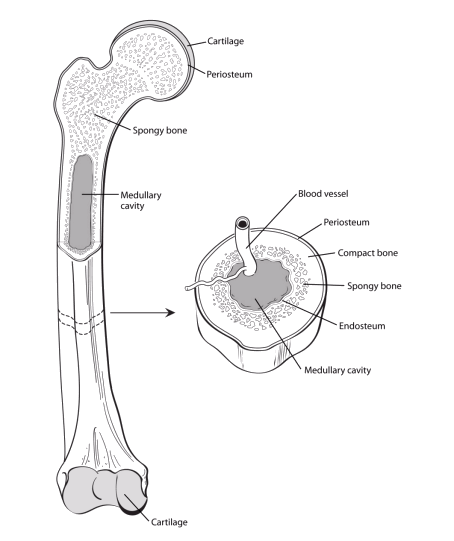Are you tired of spending extra time chopping vegetables by hand? Whether you're a home cook or someone who enjoys meal prepping, finding the best vegetable chopper can make your kitchen experience much easier and faster! In this guide, we’ll explore the answers to your most common questions, such as how to use a vegetable chopper, how to clean one, and what is the best vegetable chopper for your needs.
Why You Need a Vegetable Chopper
A vegetable chopper is more than just a kitchen gadget; it's a time-saving essential. With a good vegetable chopper, you can quickly dice, slice, or chop vegetables with minimal effort. Not only does it save time, but it also ensures uniform cuts, which is crucial for even cooking. Whether you're making salads, soups, or stir-frying veggies, having the best vegetable chopper can simplify your cooking process.
How to Use a Vegetable Chopper: Step-by-Step Guide
Wondering how to use a vegetable chopper? Here’s a simple, easy-to-follow guide:
Prepare the Vegetables: Start by washing your vegetables thoroughly. Peel any skins if necessary (like with potatoes or carrots).
Cut into Smaller Pieces: If your vegetable chopper has a small cutting area, slice your vegetables into smaller chunks before chopping. This prevents jams and ensures smooth operation.
Place the Vegetables in the Chopper: Open the vegetable chopper and place the vegetables inside the designated cutting area.
Press or Rotate the Handle: Depending on the type of chopper you have, either press down or rotate the handle. This will push the vegetables through the blades, creating uniform cuts.
Collect Your Chopped Veggies: Once done, simply open the chopper and collect your perfectly chopped vegetables.
It’s really that easy! Whether you're using an OXO vegetable chopper or another brand, the process remains almost the same.
How to Clean a Vegetable Chopper: Keep It Hygienic!
Now that you've used your vegetable chopper, it’s important to clean it properly to avoid any food buildup or contamination. Let’s walk through the steps for how to clean a vegetable chopper:
Disassemble the Chopper: Most vegetable choppers are easy to disassemble. Remove the blades and the container.
Rinse Immediately: After chopping, rinse the blades and container right away under running water. This helps prevent any vegetable bits from hardening on the blades.
Use a Brush for the Blades: For tougher debris stuck on the blades, use a cleaning brush or toothbrush to scrub it off.
Soak if Necessary: If the residue is stubborn, soak the chopper parts in warm soapy water for about 10 minutes.
Dry Thoroughly: After washing, ensure that all parts are completely dry before reassembling and storing your chopper.
For those who own the OXO vegetable chopper, the same steps apply. These steps ensure your chopper stays sharp, clean, and safe to use.
What is the Best Vegetable Chopper?
Now, to answer the burning question: What is the best vegetable chopper? There are many options available, but the best choice for you depends on your cooking needs and preferences. If you’re looking for durability and performance, the OXO Good Grips Vegetable Chopper is a popular choice. It’s well-known for its ergonomic design, sharp blades, and ease of cleaning.
Another great option is the Mueller Austria Vegetable Chopper, which offers versatile cutting options and a large capacity. Both of these models have excellent reviews and are perfect for home use.
FAQs
How to Clean OXO Vegetable Chopper?
Cleaning the OXO vegetable chopper follows the same steps as mentioned earlier. Disassemble, rinse, and use a brush for the blades. You can also put it in the dishwasher (top rack only) for a quick and efficient clean.
How to Use a Vegetable Chopper?
To use the vegetable chopper, simply place your vegetables inside and either press or rotate the handle to achieve perfectly chopped pieces. It's straightforward, and most choppers are designed for easy use.
What Makes a Vegetable Chopper the Best?
The best vegetable chopper should be durable, easy to clean, and efficient at cutting vegetables evenly. Look for features like sharp stainless steel blades, ergonomic designs, and ease of disassembly for cleaning.
Conclusion: Get Chopping!
A vegetable chopper can be your best friend in the kitchen. It saves time, cuts down on prep work, and makes cooking a breeze. Whether you're using an OXO vegetable chopper or another model, following proper cleaning and usage tips will ensure your chopper lasts a long time. So go ahead, grab the best vegetable chopper, and enjoy effortless cooking!
Now that you know how to use and clean a vegetable chopper, it’s time to make your choice and start chopping those veggies with ease!














